Our most comprehensive guide to SaaS pricing ever is packed full of resources, activities, and examples to help you create a pricing strategy that maximises sales and generates user loyalty.
You’ll learn exactly what is involved in a pricing strategy, which model is best for your specific product, and how to implement key psychological tactics to boost sign ups.
Along the way, worksheets and cool wireframe guides will ensure you don’t fall foul of the most common mistakes, while our handy FAQ will answer all your pressing questions – no stone is left unturned!
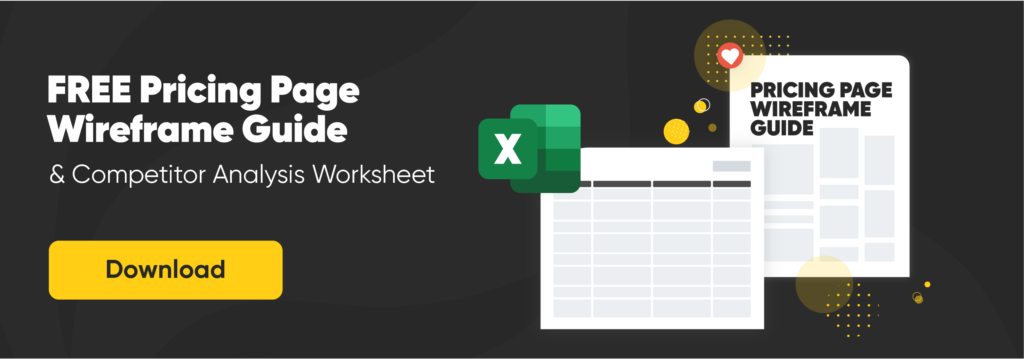
The average SaaS company spends just six hours on their pricing strategy.
When you consider that pricing is such a pivotal part of the total revenue a company makes, this statistic seems pretty outlandish.
But why do so many SaaS owners think pricing doesn’t warrant thinking about for too long?
There are several backburner reasons for this that mostly boil down to the fact that SaaS owners – particularly those who run small startups – have single-handedly created a product they’re really excited about and just want to get it out there. Price is kind of an afterthought.
But, far more commonly, it’s because many SaaS owners fail to realise just how paramount pricing is to increase their revenue. The two go hand-in-hand, like peanut butter and jelly or tea and biscuits.
If you’ve done even an iota of research into SaaS pricing you might have noticed that there are a lot of different models out there.
From freemium and flat rate to pay as you go and per user, how do you know which one is right for you? We lay it all out in this comprehensive guide.
By the time you’ve finished reading, you’ll have a better understanding of:the different SaaS pricing models, a clearer grasp on why pricing is so important, and have learnt some psychological techniques to boost conversions.
But first, let’s take it back to the basics.
Why You Need a SaaS Pricing Strategy
For SaaS owners, their product is their pride and joy.
In many cases, they will have spent months or even years fine-tuning their product into a well-oiled machine that they can’t wait to put out there.
This adds up to countless hours of toiling away on something that provides immense value. Yet the big issue is that most SaaS owners have no idea what they’re worth to their customers or how to even communicate this.
They think that, in order to grow, they simply need to get more customers. It’s a simple equation, right? More customers = more growth.
For most businesses, this formula is true, but for SaaS businesses things are slightly different. This is because customers tend to pay on a recurring subscription basis rather than a one-off payment.
As a result, loyal, long-term customers are far more valuable than new customers.
Look at it this way:
Say you charge £10 a month for a basic plan. If a customer signs up and then leaves after three months, you’ve earned just £30 from them. However, if they stick around for 20 months, you’ve earned £200.
While customer acquisition is important, user loyalty is even more so, and pricing strategies play into whether someone believes they are getting a good deal.
So, the answer to “why do you need a pricing strategy” is simple: if you don’t get pricing right, you can literally break your business.
This theory is backed up in research from Price Intelligently, which shows that acquisition has a much smaller impact on a SaaS company’s bottom line than retention and monetisation.
In reality, all three of these things need to work in slick tandem with each other to bring success to a SaaS company.
The Anatomy of a SaaS Pricing Strategy
There are three things that go into designing an efficient pricing strategy:
- Positioning: this includes defining who you are targeting, what their wants and needs are, and how you position your product to resonate with them
- Packaging: this refers to the way you package up your product into bundles or tiers of different offerings
- Pricing: this is the model you’ll use to price your product, as well as the psychological tactics you put into play to achieve your growth goals
Phase One: Positioning
Consider Your Users First
The bottom line is that if you don’t take your users into consideration when determining your pricing, you’re not going to get the results you want.
The problem is, most companies think they know who they’re targeting. Except, they really don’t. They are so focused on their product (and why wouldn’t they be?!) that they forget to put real effort into getting to know the people who are going to be handing over their money.
And we’re not just talking about basic demographic information here. We’re talking about deeper characteristics and traits that form a psychographic picture of who you’re targeting. This includes things like:
- The hopes and dreams of your users
- The biggest struggle they face (and how your product solves that)
- What makes them tick
- Their frustrations and objections are when it comes to finding and choosing a solution like yours
- What they want their lives/businesses to look like once they start using your product
There are several ways you can get to know your users on a deeper level:
Surveys
User surveys are simple to run and can get you lots of results quite quickly.
Simply use a tool like SurveyMonkey to put together a few questions that will help you get to know your users and send it out via email and your social channels.
User Feedback
Reviews and feedback are invaluable to SaaS owners.
Not only do they help you improve your product through feature recommendations, but they also give you an insight into what your users are really thinking.
You can send out an email asking for a review or feedback, or implement a pop-up on your site that encourages users to rate their experience after taking certain actions.
In-Depth Interviews
If you want to get really specific, you can pinpoint a few of your most loyal customers that fit into your target persona and conduct live interviews with them (you can do this in-person if they’re based close by or via a phone or video call).
You can then ask them specific questions about their businesses, goals, dreams, fears, and everything in between.
Having a better understanding of who your users are and what they want from a product will help you choose the best pricing option for their needs.
Position Your Product
The next thing to consider before you even begin thinking about how to price your SaaS product is where it fits into the market.
We’re willing to bet there’s probably already a couple of similar products out there (or at least, several products that have similar features). It’s up to you to determine where your product slots in.
It can be really enlightening to ask yourself questions like:
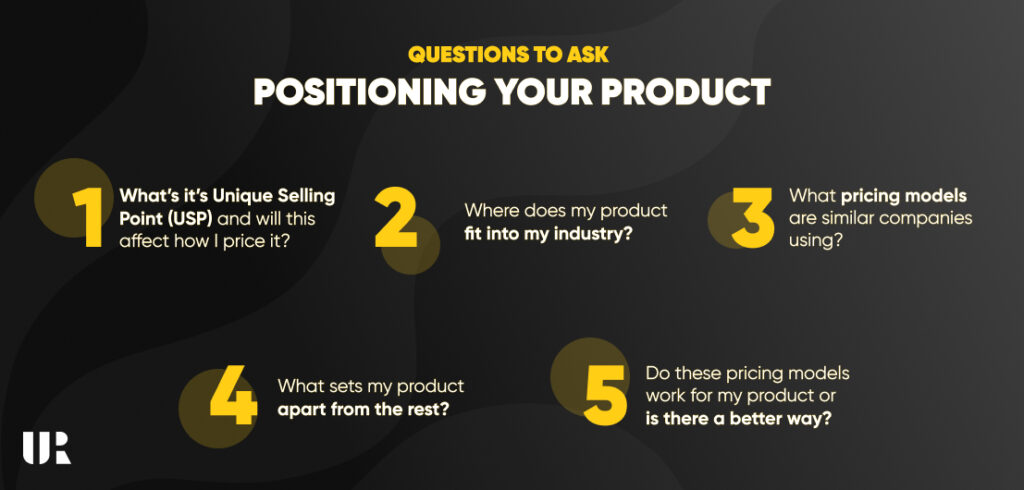
- Where does my product fit into my industry?
- What sets my product apart from the rest? What’s it’s Unique Selling Point (USP) and will this affect how I price it?
- What pricing models are similar companies using?
- Do these pricing models work for my product or is there a better way?
Finding out where your product sits in the market can help you get a ballpark figure for pricing and determine how users are already paying for similar products in your industry.
At this point, you can carry out what’s known as competitive pricing analysis, which is an in-depth study of your industry and competitors.
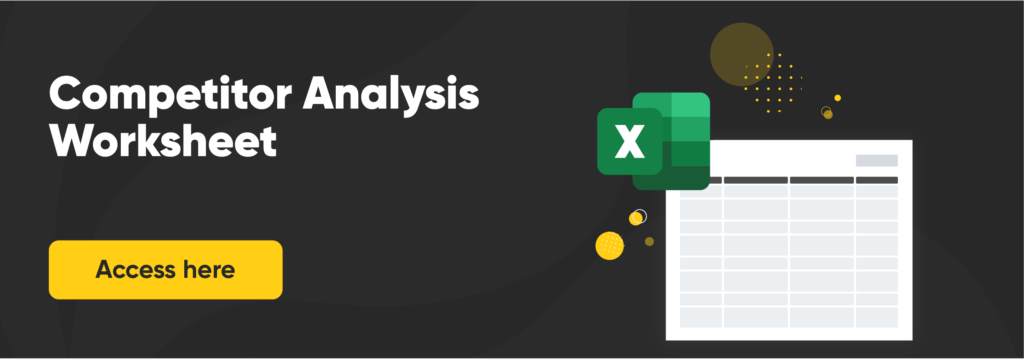
Check our Competitor Analysis Worksheet here. (Click File > Make a copy to start editing directly in Google Sheets)
To ensure this is a successful exercise, list out the strengths, weaknesses, pricing models, and pricing tiers others in your industry use. Then, you can start to identify new opportunities for your product’s pricing as well as any areas that could be improved.
Phase Two: Packaging
SaaS Pricing Models
Recurring Payment vs One-Off Payments
One of the biggest decisions you’ll have to make about pricing is choosing whether to have recurring payments or one-off payments.
Recurring payments are when users are billed monthly and one-off payments are when users either pay one fee to access your product or are billed once a year.
Some SaaS brands choose to offer both options so that the user has the ultimate decision, but they might put a higher price-point on the recurring payments to encourage a one-off purchase.
There are pros and cons of each method, which we’ve put together in a handy chart for you below.
Freemium Business Model
The term freemium combines the words “free” and “premium”, and basically offers free but limited use of a product.
If users want to access premium or more complex features, they are charged extra. While it doesn’t generate any revenue, it provides users with a chance to experience a product without fully investing in it.
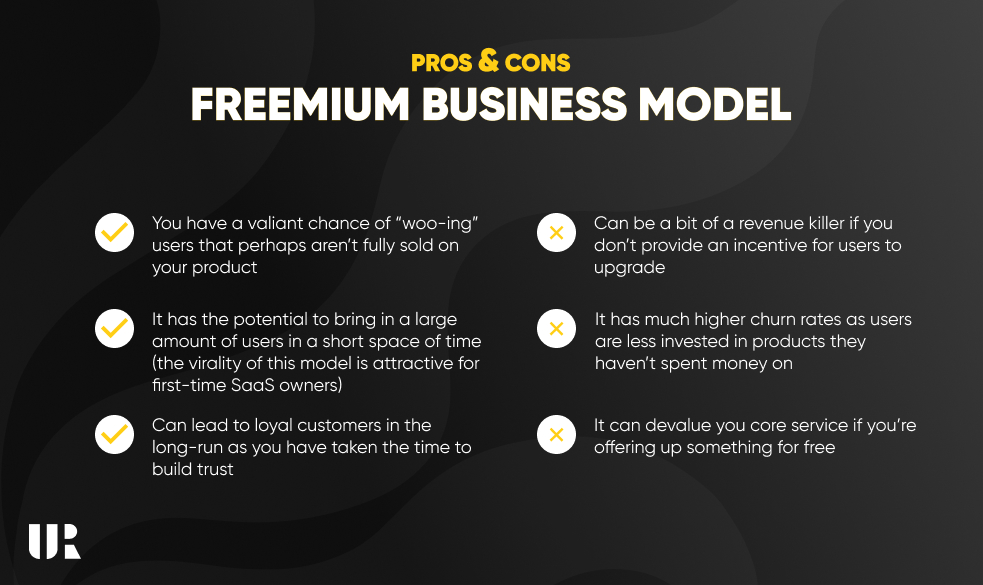
The Pros
- You have a valiant chance of “woo-ing” users that perhaps aren’t fully sold on your product
- It has the potential to bring in a large amount of users in a short space of time. The virality of this model is attractive for first-time SaaS owners.
- Can lead to loyal customers in the long-run as you have taken the time to build trust
The Cons
- Can be a bit of a revenue killer if you don’t provide an incentive for users to upgrade
- It has much higher churn rates as users are less invested in products they haven’t spent money on
- It can devalue you core service if you’re offering up something for free
Freemium Pricing in Action
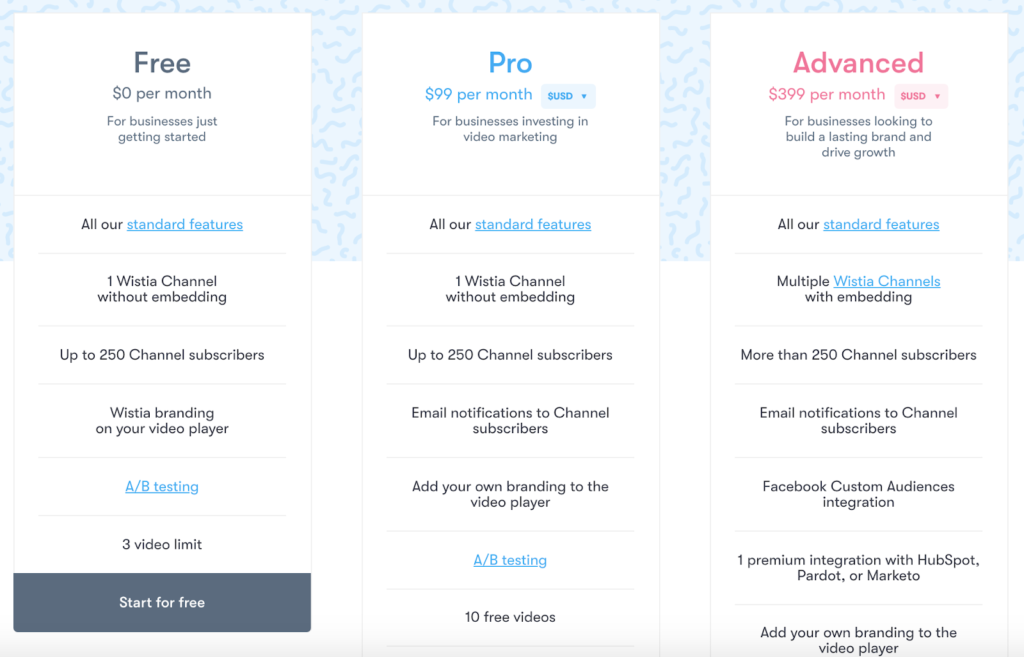
Wistia has a free option for “businesses just getting started”. Users have to upgrade to a paid plan if they want to access certain features, like more videos , email notifications, and their own branding.
The Freemium Pricing Model is Best For…
- SaaS brands that are just starting out and want to get customer feedback
- SaaS brands that also have staggered pricing for additional features
Flat Rate Pricing
The most straightforward SaaS pricing model is made up of a one-size-fits-all flat fit that’s charged on a recurring basis (whether that’s monthly or yearly).
It’s simple: you’re basically selling the same product and the same features for the same price to all users.
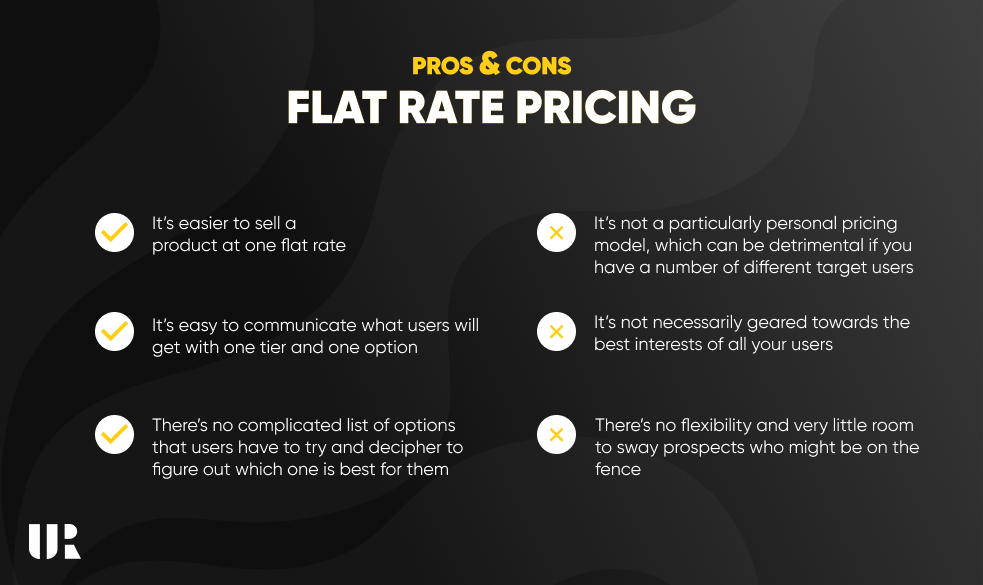
The Pros
- It’s easier to sell a product at one flat rate
- It’s easy to communicate what users will get with one tier and one option
- There’s no complicated list of options that users have to try and decipher to figure out which one is best for them
The Cons
- It’s not a particularly personal pricing model, which can be detrimental if you have a number of different target users
- It’s not necessarily geared towards the best interests of all your users
- There’s no flexibility and very little room to sway prospects who might be on the fence
Flat Rate Pricing in Action
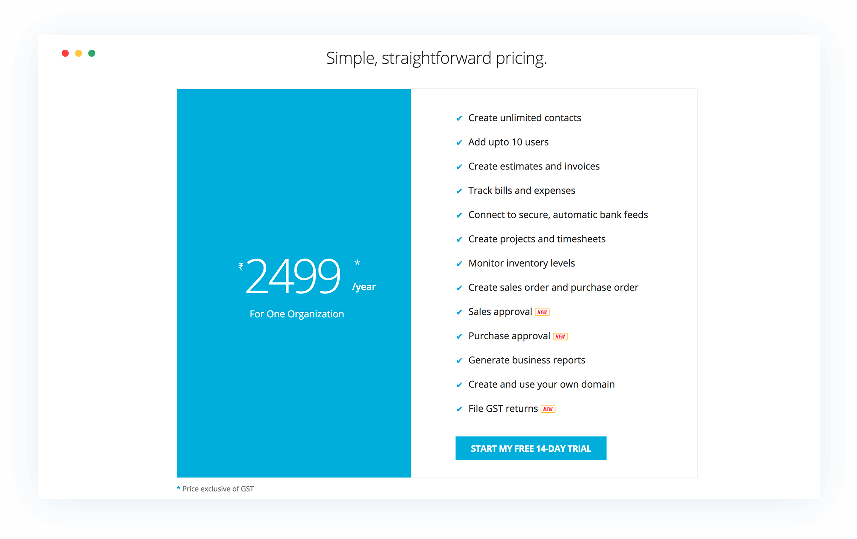
Zoho Books has one price for all. The flat rate, yearly fee includes all the listed features that everyone gets access to.
How to figure out your flat rate pricing
- Determine the Lifetime Value (LTV) you’d like from each customer and dig into data to find the average length of time customers stick around.
- Break that number down into a monthly fee. For example, let’s say you want a LTV of £500 per customer and your customers stay with you on average for 36 months. Simply divide £500 by 36 and you have your flat rate price (£13.88 per month).
The Flat Rate Pricing Model is Best For…
- Companies starting with beta testing or limited functionality
- SaaS brands with a really basic piece of software and very few features
Pay as You Go Pricing
You might have heard this model be referred to as usage-based pricing, as it basically charges users depending on how many transactions they make or actions they take.
It can be difficult to predict revenue with this strategy, but it’s particularly popular with transaction-based SaaS companies, like payment processing software.
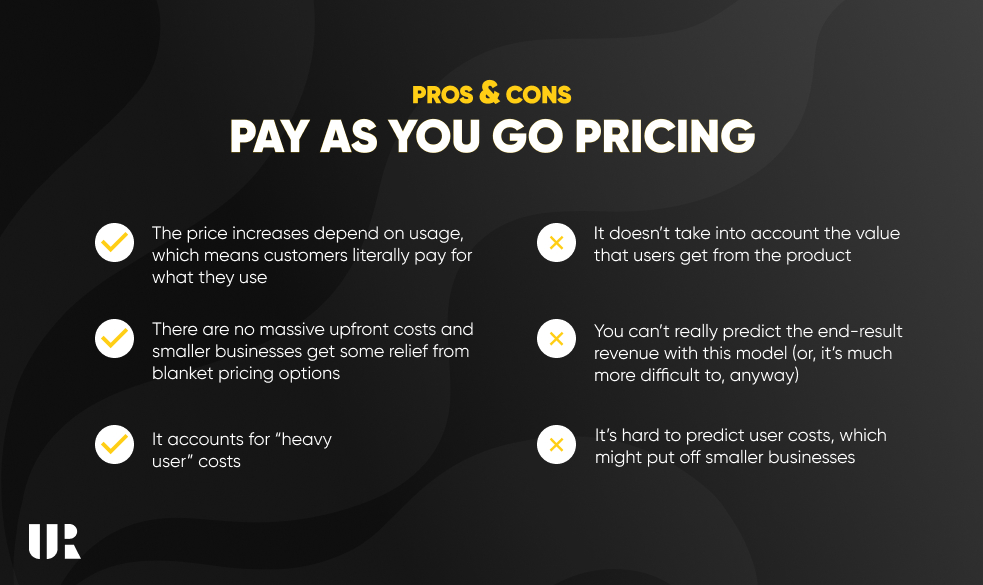
The Pros
- The price increases depend on usage, which means customers literally pay for what they use
- There are no massive upfront costs and smaller businesses get some relief from blanket pricing options
- It accounts for “heavy user” costs
The Cons
- It doesn’t take into account the value that users get from the product
- You can’t really predict the end-result revenue with this model (or, it’s much more difficult to, anyway)
- It’s hard to predict user costs, which might put off smaller businesses
Pay As You Go Pricing in Action
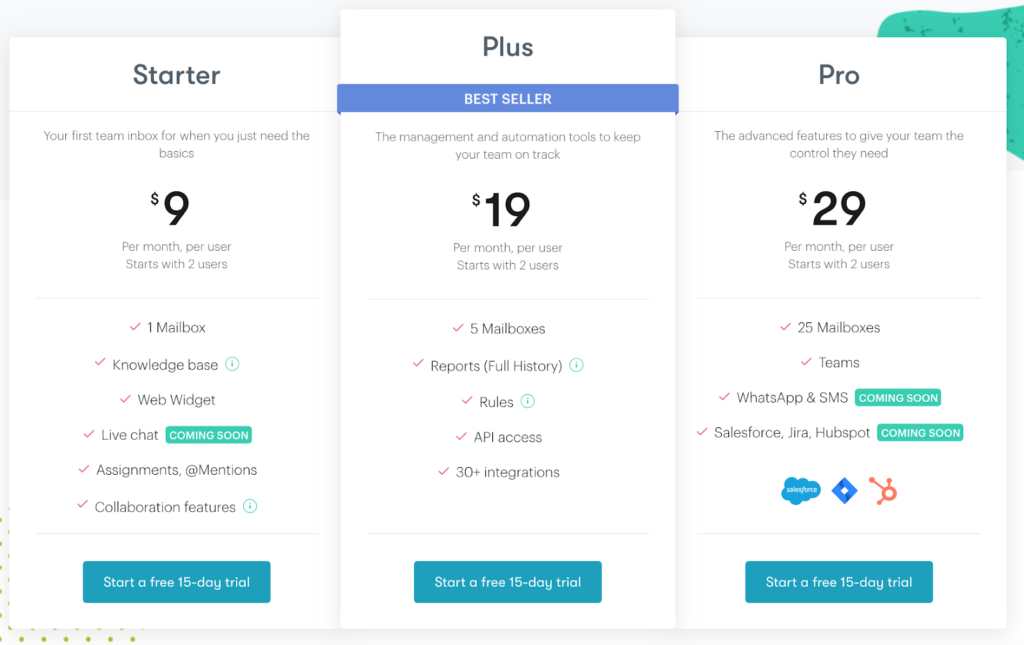
GrooveHQ offers a basic pay as you go pricing model, where users pay more if they use more mailboxes or need to incorporate more integrations.
How to figure out your pay as you go pricing
- Determine how often your customers will use your service on average (for some it will be more than others)
- Consider how much value customers will get each time they use their product and wrap that up into a pay-as-you-go fee
The Pay As You Go Pricing Model is Best For…
- SaaS brands that own transaction-based products
- Services that customers might not fully know the value of yet or that are used fairly infrequently
Tiered Pricing
Tiered pricing is one of the most common pricing models for SaaS companies.
It essentially allows you to offer several different packages with a variety of different features, all offered at different price points to appeal to different types of users.
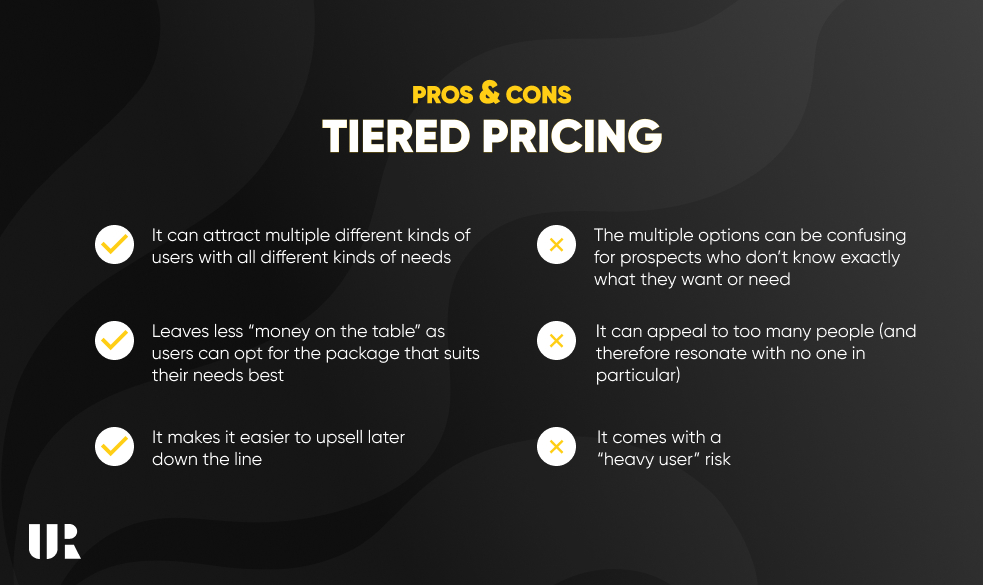
The Pros
- It can attract multiple different kinds of users with all different kinds of needs
- Leaves less “money on the table” as users can opt for the package that suits their needs best
- It makes it easier to upsell later down the line
The Cons
- The multiple options can be confusing for prospects who don’t know exactly what they want or need
- It can appeal to too many people (and therefore resonate with no one in particular)
- It comes with a “heavy user” risk
Tiered Pricing in Action
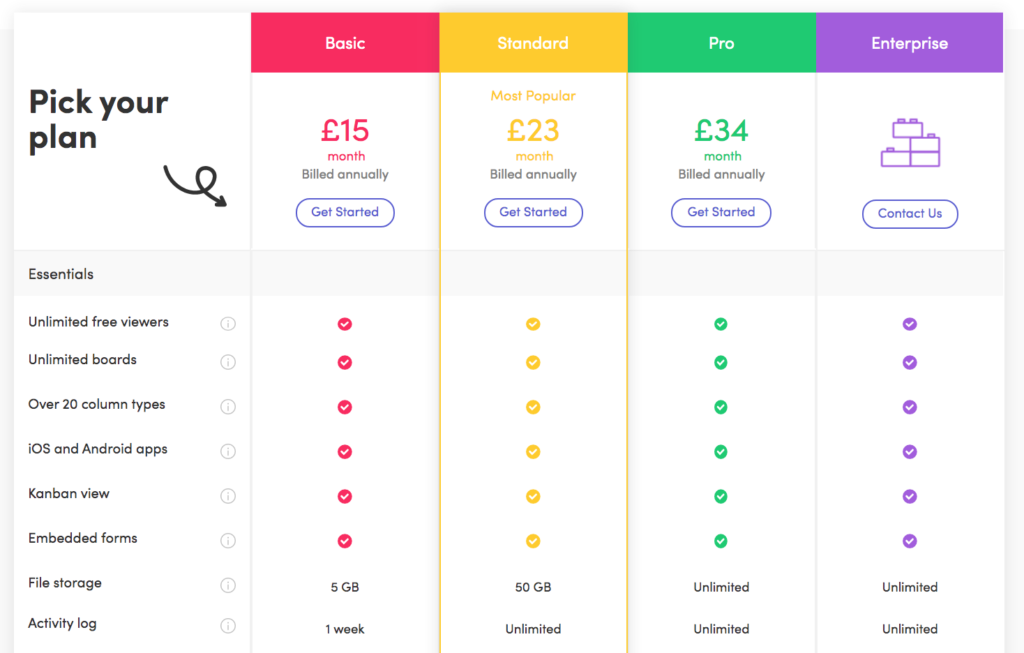
Monday.com offers a number of different pricing options, from Basic through to Enterprise. Each one comes with a different set of features and different amounts of storage space. Prospects are free to choose the package that is best for their business.
How to figure out your tiered pricing
- Figure out your baseline price for your lowest package determined by the LTV you want to gain from each customer and the average amount of time they stick around
- Identify your most popular or most valuable features and package them in a premium plan that has a higher price tag
The Tiered Pricing Model is Best For…
- SaaS brands that are consistently expanding their offerings to capture the interest of new markets
- SaaS brands that have a stable revenue and are very confident in their product
Per user pricing
Per user is a popular model that charges subscribers for each user they add to the product. This is particularly common for products that benefit larger teams.
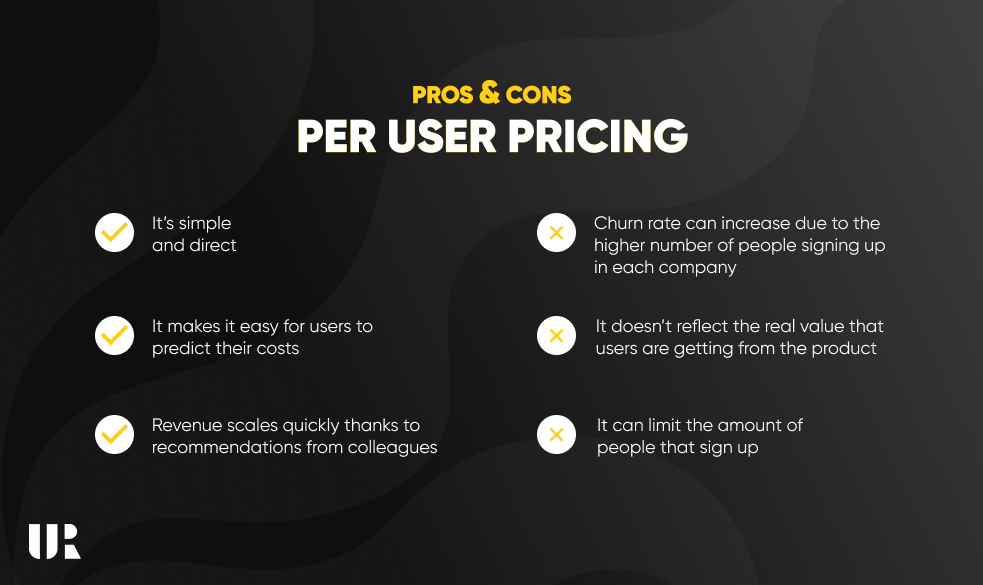
The Pros
- It’s simple and direct
- It makes it easy for users to predict their costs
- Revenue scales quickly thanks to recommendations from colleagues
The Cons
- Churn rate can increase due to the higher number of people signing up in each company
- It doesn’t reflect the real value that users are getting from the product
- It can limit the amount of people that sign up
Per User Pricing in Action
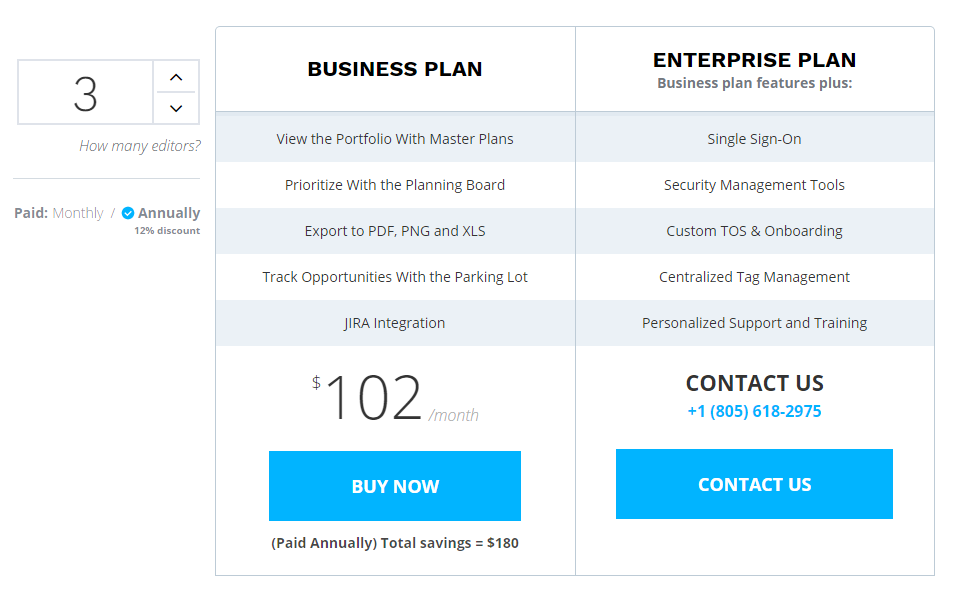
ProductPlan asks new users how many “editors” will be using the product. The price is worked out according to that number.
How to figure out your per user pricing
- Figure out the average number of users each company signs up with and determine the LTV you’d like to gain from each company
The Per User Pricing Model is Best For…
- SaaS brands that have a frequently used software or one that’s heavily relied on (like an internal communications software, for example)
- SaaS brands that run a product specifically geared towards teams
Per active user pricing
Unlike per user pricing, the per active user pricing model only makes users pay if they are active. This is useful for large companies that onboard their staff to certain products. If a member of staff isn’t active or doesn’t use the product, the company doesn’t pay for them – simple.
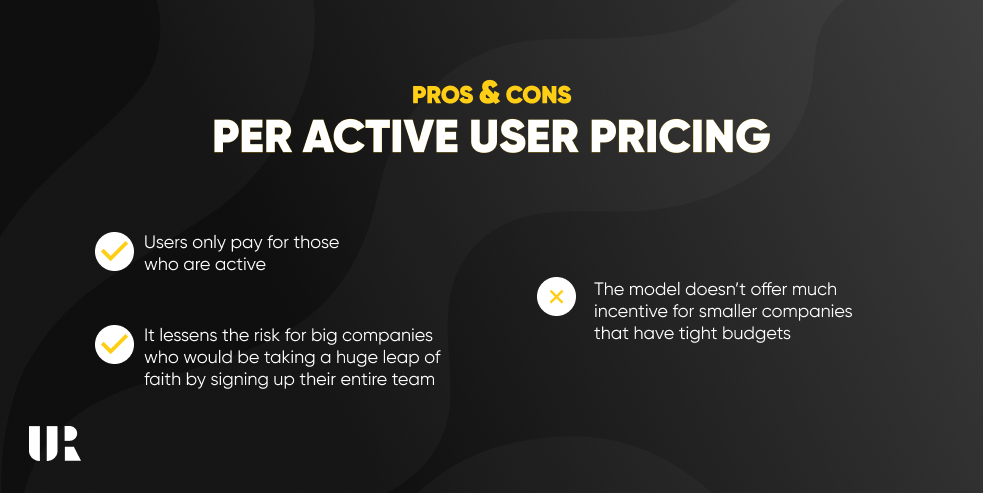
The Pros
- Users only pay for those who are active
- It lessens the risk for big companies who would be taking a huge leap of faith by signing up their entire team
The Cons
- The model doesn’t offer much incentive for smaller companies that have tight budgets
Per Active User Pricing in Action
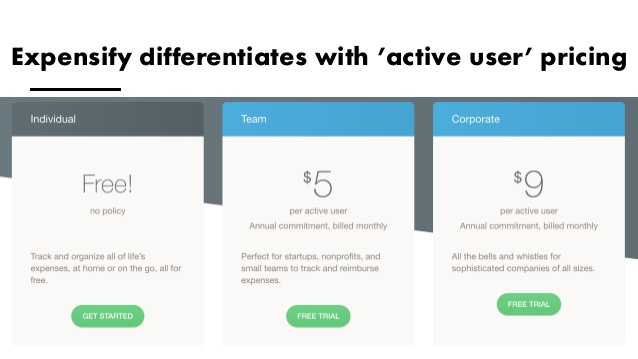
Expensify clearly states that only active users are charged.
How to figure out your per active user pricing
- Similarly to per user pricing, identify the average number of active users each company has and determine the LTV you’d like to gain from each company
The Per Active User Pricing Model is Best For…
- SaaS brands that run a heavily-used product
- SaaS products that are geared towards teams that will actively use them
Per Feature Pricing
SaaS products today often come with a whole host of fun and fancy features. With this model, users only pay for the features they need, with upgrades available should they need more usage or more complex features.
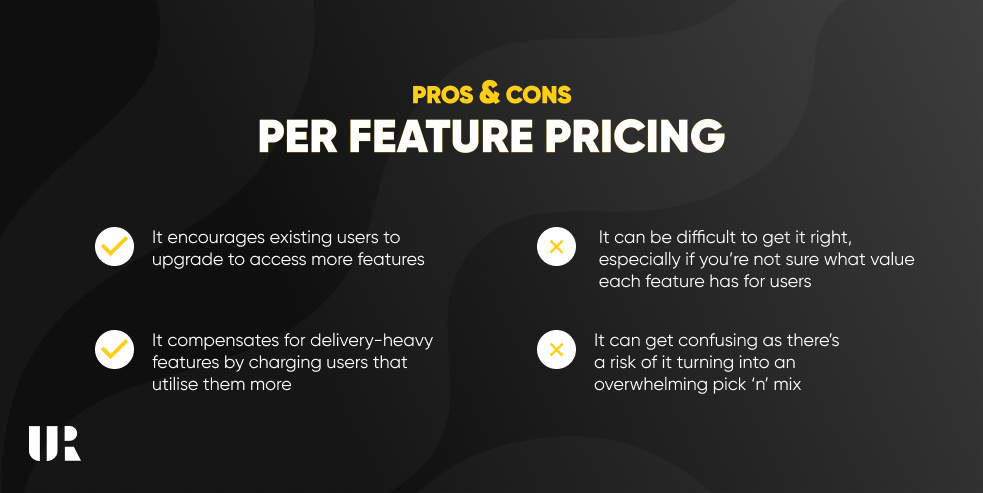
The Pros
- It encourages existing users to upgrade to access more features
- It compensates for delivery-heavy features by charging users that utilise them more
The Cons
- It can be difficult to get it right, especially if you’re not sure what value each feature has for users
- It can get confusing as there’s a risk of it turning into an overwhelming pick ‘n’ mix
Per Feature Pricing in Action
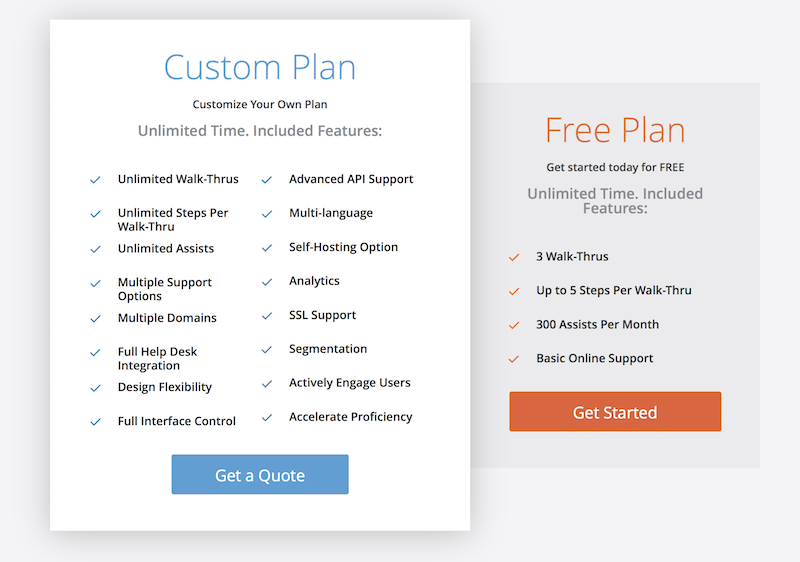
As you can see, WalkMe’s custom plan has a menu of features. The more features a user needs, the higher the cost of their subscription.
How to figure out your per feature pricing
- Figure out your baseline monthly fee for customers by identifying the average number of months they stay with you and the LTV you’d like to gain from each customer
- Determine the additional value that customers will get with each feature upgrade and price accordingly
The Per Feature Pricing Model is Best For…
- SaaS brands that have products that segment well between their customer base
- SaaS brands that also offer a freemium plan
Phase Three: Pricing
SaaS Pricing Strategies
Your pricing model (which will take the form of one of the models we outlined above) is the core of your SaaS pricing strategy. This is the framework you’ll use to put a value on your product and communicate that to your users.
Within these models, there are multiple different growth techniques you can put into play to increase revenue. These tactics have been used for years by companies that don’t fall under the SaaS heading, but are still very much relevant for this industry.
1. Penetration Pricing
This strategy describes a tactic many SaaS brands implement for new products. They start by setting the price low in order to “undercut” the competition and secure the lion’s share of customers.
Once they’ve got people onboard early on, they then work on increasing their prices, upselling, and cross-selling to their existing customers (which is far easier than continuously trying to attract new users).
How to Implement Penetration Pricing
The most common format this strategy takes is a low-cost first-year subscription. This cost tends to be a lot lower than competitor prices but, after the year is up, the price goes up to claw back some of the lost revenue.
2. Captive Pricing
Captive pricing is the act of offering a low cost core product, but requiring users to pay extra for add-ons and mandatory tools that help them get the most out of the core product.
For example, you might offer a photo editing product for a monthly fee, but require users to download specific company-created filters for an additional cost.
How to Implement Captive Pricing
Consider the key features your users need to make the most of your product. You can split these up into separate products and slap an additional cost on them.
The aim is to create a low-cost main product that doesn’t function at full capacity without the paid-for add-ons.
3. Promotional Pricing
Also dubbed “skimming pricing”, this strategy is aimed at early adopters (or those who want first bragging rights).
It’s essentially when a product starts off at a high price and then slowly starts to decrease in price to attract a different segment of the audience who have different needs (and are often a lot more sensitive to price).
The best real-life example of this is Apple products.
iPhones come onto the market with a huge price tag which early adopters are happy to pay in exchange for first-buyer bragging rights. The products then diminish in cost over time, allowing those who aren’t fussed about being “the first” to get their hands on them.
How to Implement Promotional Pricing
Start your product off at its highest price point, and slowly reduce the cost over time to appeal to different audience segments.
4. Prestige Pricing
Prestige pricing is all about providing an exclusive experience for your users. Essentially, it’s putting a premium price tag on your product to evoke value and a sense of luxury.
This attracts users who, if you lowered your prices, might run off in search of something they consider to be higher quality.
How to Implement Prestige Pricing
The easiest way to do this without alienating users who don’t necessarily want a luxurious product is to offer a premium pricing tier that contains all the major features as well as some other top-tier add-ons.
5. Free Trial Pricing
This is incredibly common in the SaaS world as it allows users to actively experience a product before they invest in it. It’s particularly helpful for complex products that don’t have a crystal clear value point.
Generally, a user can sign up and get the full range of features for free for a limited period of time. After that time, they are filtered into a paid plan or can cancel their subscription.
How to Implement Free Trial Pricing
Figure out how long it would take users to explore all the various features your product has.
You can then set a free trial period for customers to have a play around before they get automatically signed onto the lowest paid plan or have to upgrade their subscription to continue using the product.
6. Value Based Pricing
Value based pricing does exactly as it says on the tin – it prices a product based on the value it provides its users.
So, instead of fixating on undercutting the competition or cutting costs to attract more users, SaaS companies focus on making their product the most valuable in its sector and price based on that.
How to Implement Value Based Pricing
Consider how much value your users are getting from your product.
For example, if you own a project management software that allows users to plan and prep for events, think about how much time and effort your product is saving them. You can then put a monetary value on this.
Remember, value doesn’t have to just be money focused. It can also include time and other factors that customers get when they use your product.
Psychological Pricing Tactics
A lot of research has been done into pricing tactics and the effects they have on consumer behaviour. There is plenty of evidence to suggest that certain prices or even laying out your prices in a certain way can have a dramatic psychological impact on potential customers.
Here are some of the most common psychological pricing tactics seen in the SaaS world.
1. Price Anchoring
It’s human nature to read from left to right, and price anchoring taps into this. SaaS brands that use this technique share the highest-priced plan first (on the left) and the cheapest option on the right.
The lower price point instantly looks like a great deal compared to the most expensive option.
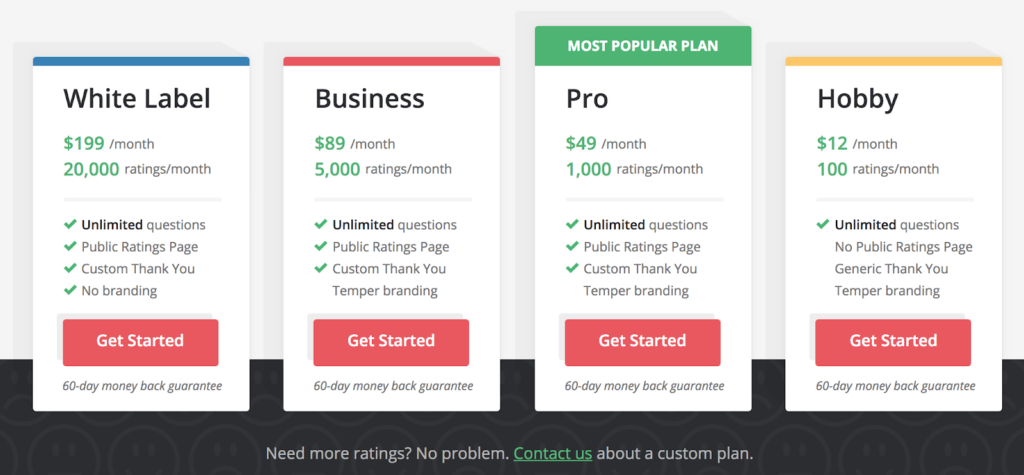
Temper.io does a great job of this. The $49/month Pro pricing plan suddenly doesn’t seem like such a huge investment when compared with the $199/month White Label plan.
2. Charm Pricing
The human brain processes numbers incredibly quickly We make snap judgements about prices without consciously being aware of it. This is the premise behind charm pricing, which refers to the use of prices that end in the number nine.
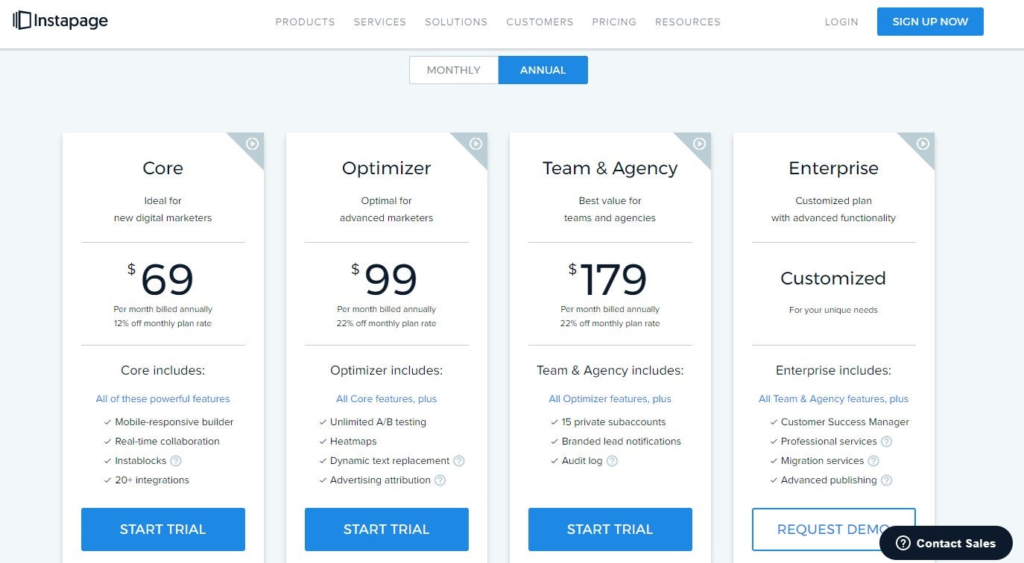
All of Instapage’s pricing plans end in the number nine in an attempt to trigger what’s known as the “Left Digit Effect”.
3. Odd-Even Pricing
Similarly to charm pricing, odd-even pricing focuses on the last digit of a price. The idea behind it is that prices ending in an odd number, like £12.95 or £493 are more compelling than those that end in an even number, like £18.50 or £20.80.
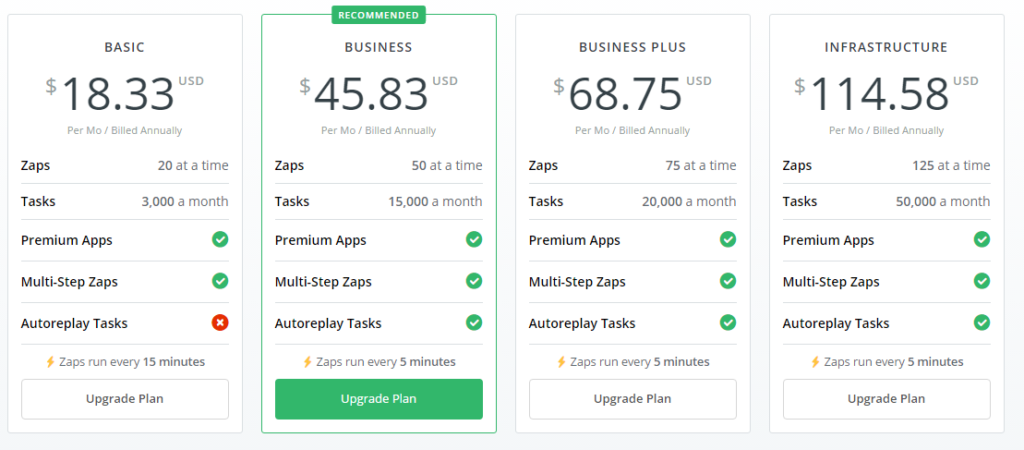
In the past, Zapier have used this strategy to the extreme, with all of their pricing plans seemingly made up of a random assortment of odd numbers.
4. Product Bundle Pricing
The reasoning behind this strategy is simple: SaaS brands package up their offers and give them a lower price tag than if they were all priced separately. It makes the user feel like they’re getting a great deal.
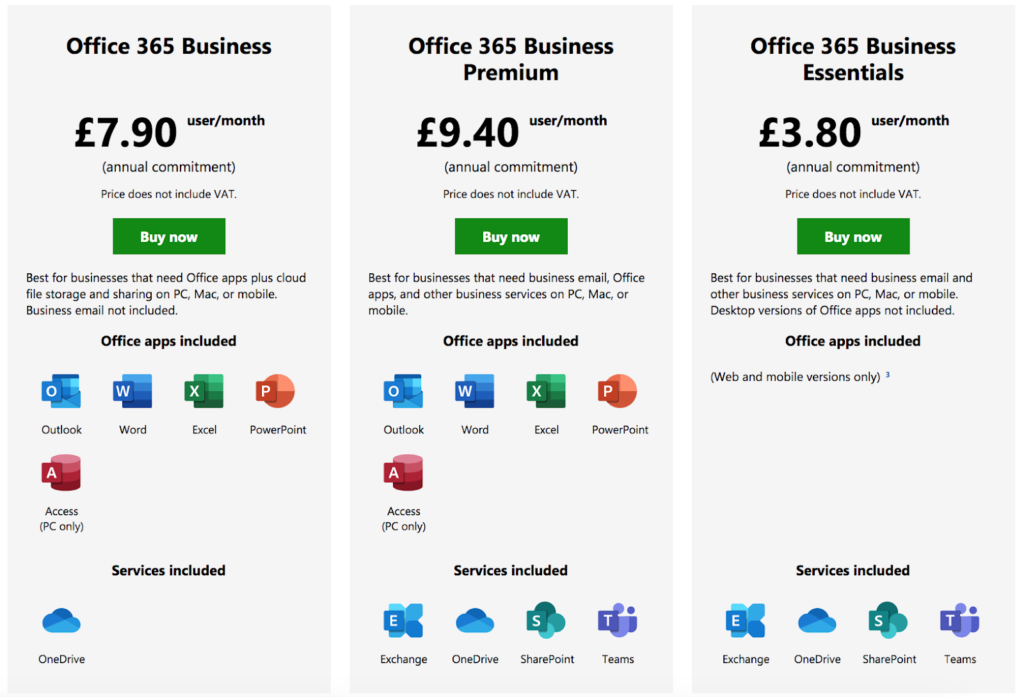
Office365 bundles up its services and apps into two different packages: standard and Premium.
5. Centre Stage Effect
When we’re watching a play, we’re automatically drawn to the character that has the spotlight on them. This is the same when it comes to prices too. The Centre Stage Effect takes inspiration from the performance world and draws attention to the most popular or the most valuable pricing plan.
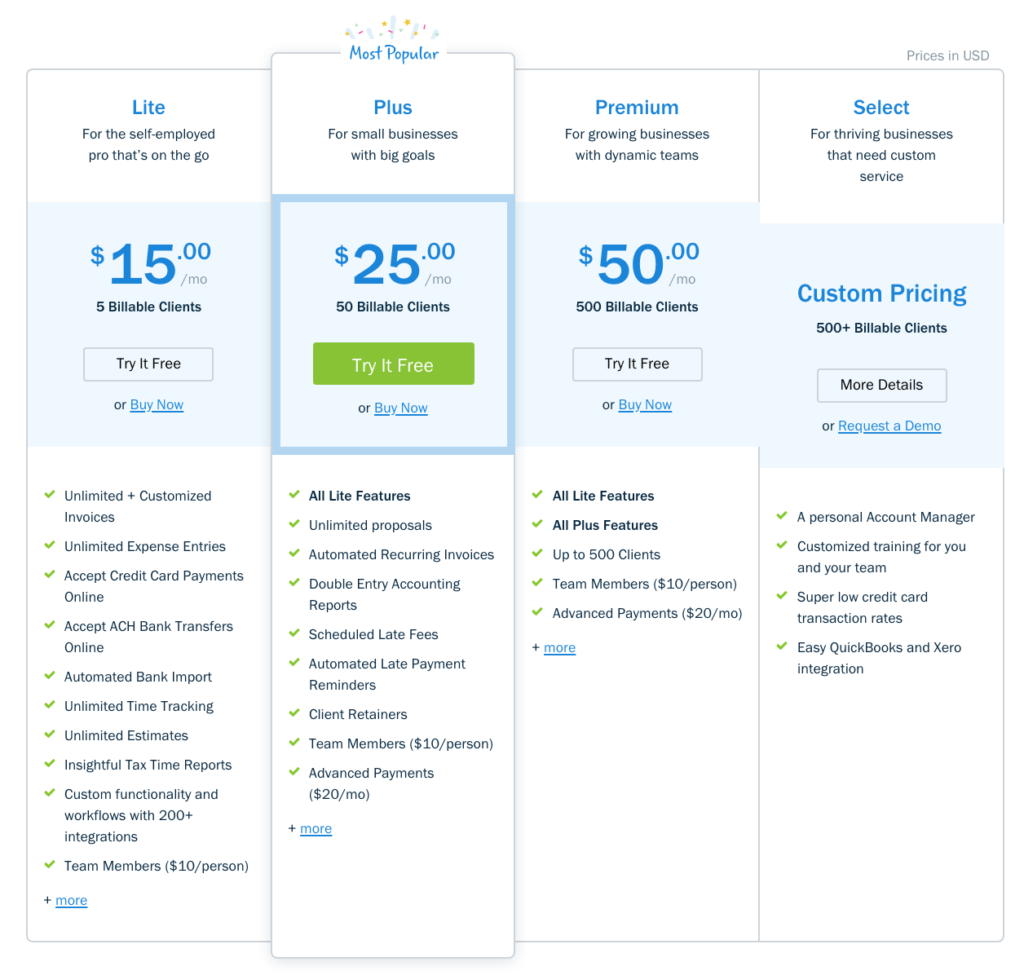
FreshBooks draw the eye to their Plus plan by highlighting it and add a “most popular” graphic to the top.
6. Decoy Pricing
Decoy pricing works by having two “decoy” plans either side of the plan you want users to opt for.
For example, you might have a wildly overpriced plan and a plan with very few features as your decoys, and then the “main” plan might be very affordable compared to the overpriced plan and have almost all the same features as it.
Obviously, users will go for the middle plan because it’s a no-brainer: it’s cheaper than the overpriced plan and has pretty much all the same features.
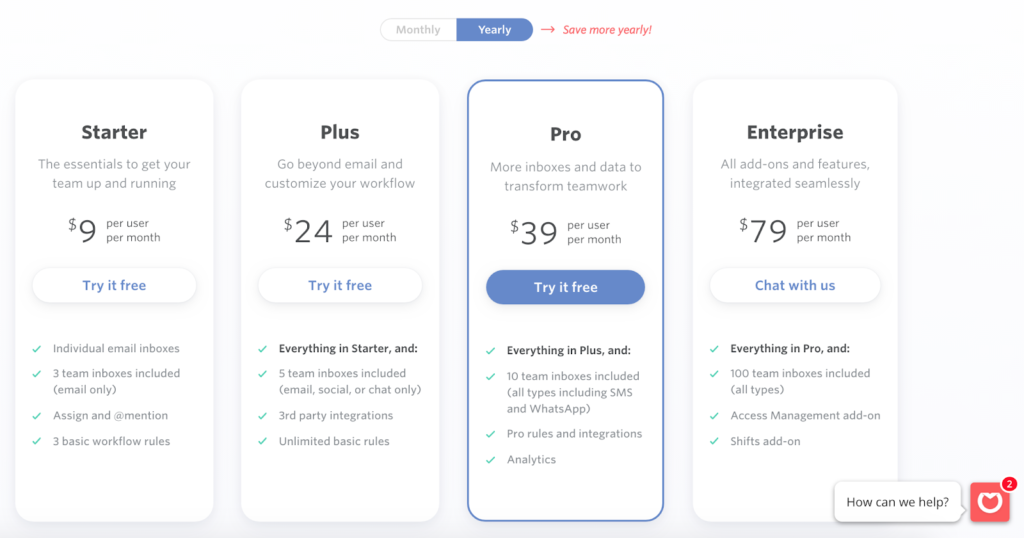
Front offers a range of plans, but the Pro one makes most sense as it’s not a huge price leap from the Plus option but comes with a whole host of new features.
Avoid Analysis Paralysis
Providing users with pricing options can be a great way to get them to make a decision that’s right for them – which, in the long run, means they’ll stick around.
However, providing too many options can have the opposite effect. This is known as “analysis paralysis” and refers to the psychological phenomenon that, when someone is faced with a slew of different options, they freeze up and can’t make a decision.
This is because they are completely overwhelmed and don’t know which one is right for them.
The key to avoiding analysis paralysis with your pricing is to tap into your user personas and product positioning to clearly identify who your product is for and provide crystal clear options that are best for each user segment.
The most successful SaaS brands have an average of 3.5 pricing plans on offer. The low number makes it easy to compare and contrast packages to find the right fit.
How to Build a SaaS Pricing Strategy That’s Right For Your Business
No two SaaS businesses are the same, and it means that what works for one might not work for another. This is why it’s important to research and create a pricing strategy that works for your specific product and the people that you’re selling it to.
Get the Whole Team Involved
Pricing is a sensitive issue and shouldn’t be the job of just one person. Instead, all departments should be working in tandem and playing to their strengths. Each team can help with a different pricing issue to uncover a price that aligns with every aspect of your product.
- The sales team are aware of the most common questions and objections that customers have, while being familiar with the pricing, packaging, and positioning of your product can help them convert more sales
- The marketing team have a deep understanding of buyer personas and can help with the messaging around your pricing options
- The management team can bring it all together from a top-level perspective
- The product team know the features inside out and have clear knowledge of what users need to be able to use the product successfully
Continuous Price Optimisation
The good news is that the prices you choose at the start don’t have to be the prices you use forever. In fact, the most successful SaaS brands are constantly optimising their prices to give their customers the best value and to reach their business goals.
Here’s how you can run continuous price optimisation:
Get Feedback, Analyse, and Tweak
The key to a successful pricing strategy is to create something that your users are happy with. Take note of any feedback you get from users – whether it’s good or bad – in the form of reviews, surveys, and complaints.
You can use this to adjust your prices accordingly. On top of this, you can analyse the data you have from sales:
- Is one specific plan proving way more popular than the others? Why do you think that is?
- Does one plan have a much higher churn rate than the others?
- What features are people using the most? Can you include them in just the higher-priced plans?
Calculate the ROI of Your Software
To determine whether the prices you’ve set for your product will be viable, you need to make sure you’re making more profit from your customers than you’re spending on acquiring them.
This requires you to focus on two key metrics: the customer lifetime value (LTV) and the customer acquisition cost (CAC). The ratio between the two should be as high as possible.
Let’s use an example.
If it costs you £50 to acquire a new customer and the average LTV is £500, that’s a good ROI. But, if it costs you £100 to acquire a new customer and the LTV is only £120 (either because they churn quickly or your prices are too low), your profits are going to suffer.
Remember that CAC includes everything it takes to land a new customer, from the cost of your sales team and any ads you use to software and lead generation tools.
If your ROI is not high enough, it’s time to rethink your prices. Determine whether the issue lies in acquiring new customers (is it hard work convincing people of the value of your product?) or the LTV (do you have a particularly high churn rate? Why is that?) and adjust your prices accordingly.
Stay On Top of Price Change Best Practices
There are good and bad ways to change your prices. If you want to keep users on-side and happy, make sure you’re following these best practices:
- Carry out feature-value analysis, where you pinpoint any product improvements that have been made and positive customer feedback and incorporate them into your new prices.
- Run impact analysis, which involves identifying the potential consequences of making a price change – would it be detrimental to some of your users? What would the worst case scenario be?
- Communicate with your internal team, as price changes aren’t – and shouldn’t be – made overnight.
- Keep customers in the loop and don’t sneak up on them with an out-of-the-blue price change.
- Grandfather in original customers, as loyalty is so important in increasing the lifetime value of SaaS users
The Biggest Mistakes SaaS Companies Make With Their Pricing Strategy
We couldn’t finish this guide without advising you what not to do when it comes to pricing your SaaS product. There are so many SaaS brands out there, many of whom have made glaringly obvious mistakes when it comes to their pricing.
If you can steer clear of these no-nos, you’ll have far more success finding a pricing strategy that works for you.
Mistake #1: They Follow Cost-Plus Pricing
Cost-plus pricing refers to the act of adding together the material cost of your product, the labor costs in making it, and adding a percentage on top to come up with the price.
While this works in many other service-based industries, it doesn’t work for the SaaS world, simply because there are so many other elements that go into the products and their features.
Mistake #2: They Use Flat Pricing For All Customers
Every customer is different and has a swathe of different needs. By offering just one price point for everyone, you’re going to fail to resonate with a lot of potential users.
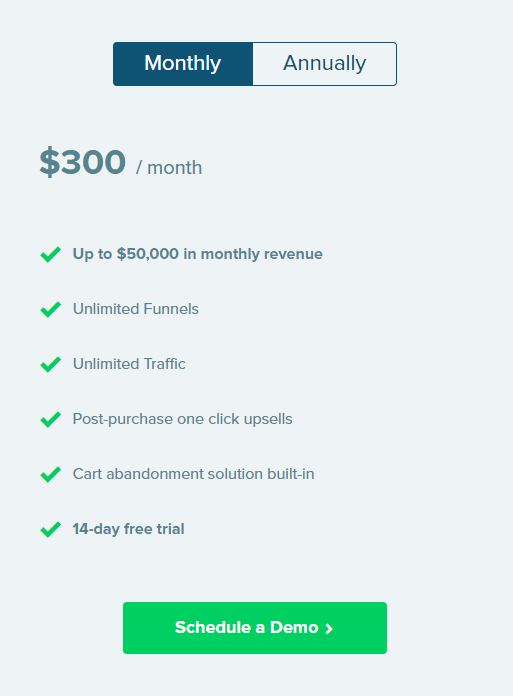
CartHook has just one pricing option for its users.
Small businesses are going to have much fewer needs than a large enterprise company. But, if you only offer one package that’s too expensive for small businesses but doesn’t quite have the range of features needed for enterprises, you’re going to struggle to get sign ups.
Mistake #3: They Guess
Ah, good old guesswork.
It can be tempting to pull a number out of thin air based on what you think your product is worth, but your perspective of your product and its features is unlikely to be the same as your customers’.
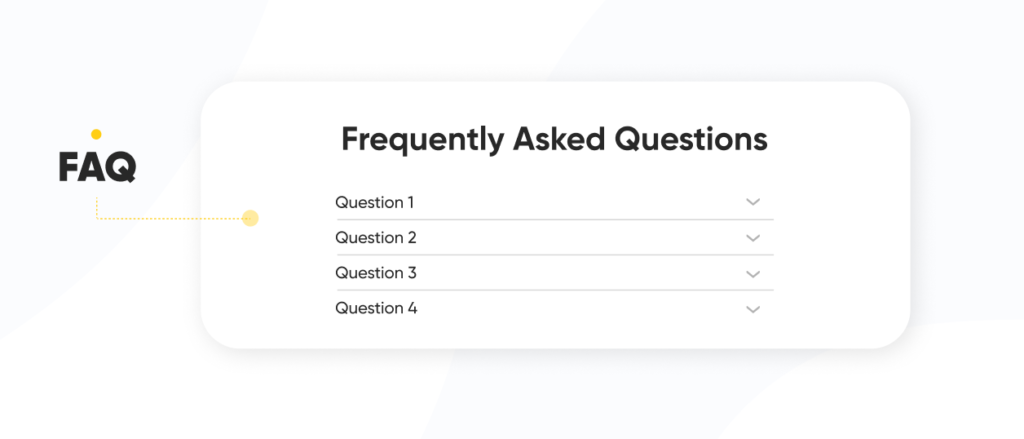
Top Tip: Have a FAQ section on your pricing page to tackle any objections and queries prospects might have.
Mistake #4: They Copy Others
If others out there are charging a certain price, surely you should be charging a similar amount, right?
Actually, no.
Your product is unique and most likely provides a completely different value than other products out there. Basing your prices on what others are doing can be a huge disservice to your business and your users.
Mistake #5: They Offer Too Many Options
Analysis paralysis is real (it’s why we dedicated an entire section of this guide to it). Providing too many pricing options is overwhelming for users and doesn’t help them decide which plan is best for them.
Mistake #6: They Don’t Run Experiments
In order to constantly optimise your pricing, you have to be running experiments to see what works and what doesn’t.
Of course, this isn’t always possible as you tend to need a decent volume for statistical significance but, if you do have a good amount of users and data, you better be drawing from that!
SaaS Pricing Strategy FAQ
How do I price my SaaS products?
How you price your SaaS products depends on the kind of product you have and the customer base you’re targeting. See the above pricing models and read the “Best For” sections to determine which method is best for your product.
What is a good pricing strategy for an infrequently used SaaS product?
The best pricing strategy for a SaaS product that’s not used often is the Pay As You Go model. Customers will be hesitant to commit to a set monthly fee for a product they’ll rarely use. However, most will be happy to pay for each time they use it.
What is the best pricing strategy for an enterprise SaaS product?
This depends on the type of product you have and the customers you’re targeting. If your enterprise SaaS product is specifically geared towards teams, then a per user or per active user model might work best. If you have a slew of features that you want to package up into a premium offer for large enterprises, the per feature model or tiered model might be better.
Can a “money back guarantee” be a good equivalent to a free trial pricing strategy?
It depends on your SaaS product and your initial costs. Ideally, you don’t want to rely on a money back guarantee to get customers as this starts things off on a negative footing, although we believe that a mandatory money back guarantee builds trust (and, therefore, loyalty) with customers.
What SaaS companies have the best pricing pages?
The best pricing pages are well-branded and geared towards the target customer. They are easy to read, not confusing, and lay out the different pricing options clearly and concisely.
What is the best strategy for dramatically increasing the price of a SaaS product without angering customers?
Ideally, you shouldn’t be hiking up your prices suddenly without notifying customers. That being said, every successful business has to run price increases every now and again. The best way to do this is to add value to your product so the customer believes they are getting more for their money. This means adding more features or optimising existing features to align with customer needs.
Is it a good idea to let customers customise their pricing plan?
This can work well if your product has a lot of features. Sometimes, the more personalised a customer can make their pricing plan, they more likely they are to go ahead and invest. However, be wary of analysis paralysis and avoid offering too many options for them to choose from.
Is it better to bill customers monthly or yearly?
Billing customers monthly is more likely to win over prospects that are on the fence as there isn’t such a large initial outlay. However, billing yearly means you have longer to turn customers into loyal fans and, of course, it can increase your LTV for each customer.
I want to change the price of my SaaS product – how do I test it?
The best way to test out new pricing on your SaaS product is to change it for new customers initially. When you’ve determined that it works, you can roll it out across the rest of your customer base.
Peace Out With Your Pricing
Pricing is an integral part of running a SaaS business, but it’s also one of the most complex parts.
The question on every SaaS owner’s mind is: how do I know what’s right for me and my customers?
The truth is, you won’t know until you start testing. It’s highly unlikely you’ll get your pricing right the first time around, but if you continue to tweak and optimise your strategy, you’ll soon find a solution that’s a good fit for everyone.
Use this guide as a handy resource to reference when designing your pricing strategy and putting it in place.



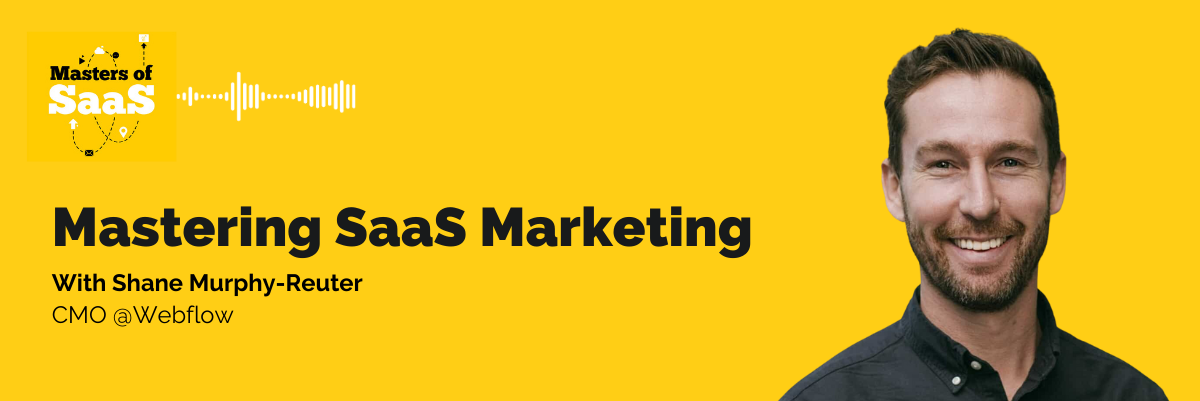
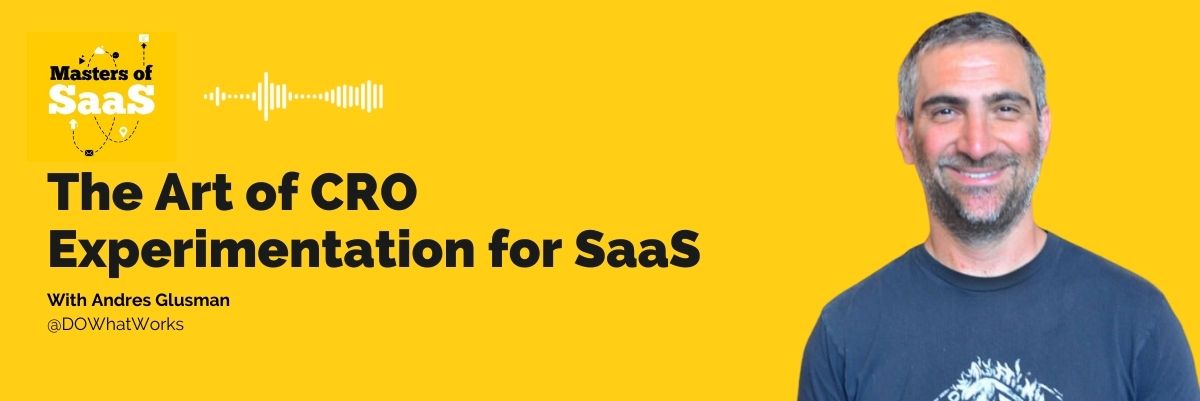
Share